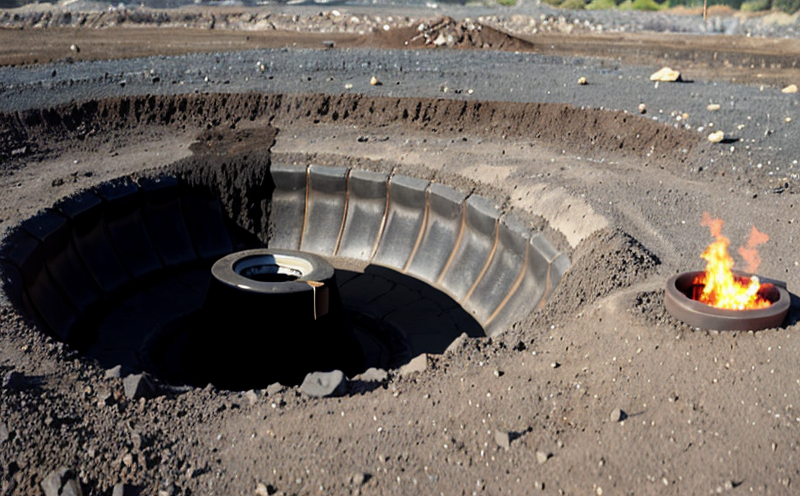ASTM D3302 Total Moisture in Coal Testing
The ASTM D3302 standard provides a method to determine the total moisture content of coal and other solid fuels. This is an essential parameter for ensuring accurate energy content calculations and compliance with quality specifications.
Understanding the total moisture content helps to accurately assess the calorific value of coal, which is critical in various sectors including power generation, steel manufacturing, and chemical processing. The test measures water vapor present at ambient temperature and pressure (initial moisture), as well as the crystalline water released during heating.
The importance of this measurement cannot be overstated; it directly impacts fuel efficiency, costs, and environmental considerations. For instance, high moisture content can lead to increased costs in transportation and storage, while also affecting boiler performance and emissions control systems.
Testing according to ASTM D3302 ensures that the coal is being accurately characterized for its energy potential, helping stakeholders make informed decisions about procurement, processing, and utilization. This method has been widely adopted due to its reliability and consistency across different laboratories.
The procedure involves drying a sample of coal in an oven at 105 ± 2°C until it reaches constant weight, indicating that all volatile matter has been removed. The difference between the initial mass of the sample and the final dry mass is used to calculate the total moisture content. This process is particularly critical for industries where precise measurements are essential.
Understanding the nuances of ASTM D3302 is vital for those involved in coal production, supply chain management, and quality control. Compliance with this standard ensures that the coal meets specified requirements, thereby enhancing product reliability and customer satisfaction.
Why It Matters
The total moisture content of coal is a key factor in determining its calorific value, which directly impacts energy efficiency. Understanding this parameter helps stakeholders make informed decisions regarding procurement, processing, and utilization. Proper moisture content measurement ensures that the coal meets specified requirements, enhancing product reliability and customer satisfaction.
From an environmental perspective, accurate moisture content testing is crucial for minimizing emissions from combustion processes. Excess water vapor can lead to increased heat losses in boilers, reducing overall efficiency. By adhering to ASTM D3302, industries can optimize their operations, leading to cost savings and reduced carbon footprints.
For quality assurance teams, accurate moisture content testing is essential for maintaining consistent product quality across batches. This ensures that the coal meets stringent specifications set by industry standards and regulatory bodies. Compliance with ASTM D3302 helps in meeting these requirements, thereby safeguarding business reputation and customer trust.
Applied Standards
The ASTM D3302 standard is widely recognized and used globally for determining the total moisture content of coal. This standard ensures consistency and reliability in testing across different laboratories, which is crucial for industries that rely on precise measurements.
In addition to ASTM D3302, other relevant standards include ISO 1924-5:2007 and EN ISO 1924-5. These standards provide supplementary guidance on the preparation of samples and the interpretation of results, complementing the primary ASTM D3302 method.
The use of these internationally recognized standards ensures that laboratories are aligned with global best practices, facilitating easier collaboration and standardization within the industry.
Scope and Methodology
The ASTM D3302 method involves drying a representative sample of coal in an oven at 105 ± 2°C until it reaches constant weight. This process ensures that all volatile matter, including water vapor present at ambient temperature and pressure (initial moisture), as well as crystalline water released during heating, is accounted for.
The initial mass of the sample is recorded before drying, and the final dry mass after reaching constant weight. The difference between these two values provides a precise measurement of the total moisture content. This method is particularly effective in ensuring accurate calorific value calculations, which are crucial for optimizing fuel efficiency and reducing costs.
For R&D engineers working on developing new coal processing techniques or improving existing methods, understanding ASTM D3302 can provide valuable insights into standard practices. Compliance with this method ensures that any modifications to the testing procedure align with established international standards.
The use of accurate and consistent moisture content measurements is essential for quality managers in maintaining product consistency across batches. This helps ensure that the coal meets specified requirements, thereby enhancing product reliability and customer satisfaction.





